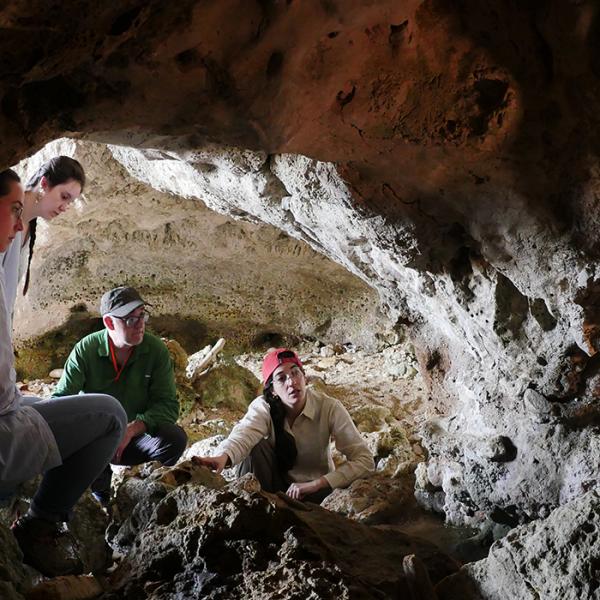John Willman
My research focuses on the characteristic patterns of dental wear that form through the use of “teeth-as-tools” and emphasize the importance of the human dentition to an otherwise extrasomatic tool-kit. The extreme pattern of anterior dental wear found in many Neandertals, together with their large anterior relative to postcanine teeth, has directed many researchers to suggest that the unique craniofacial morphology of Neandertals is the result of functional adaptation to the habitual use of dentition for manipulative tasks. However, decades of morphological and biomechanics research has not convincingly demonstrated whether non-masticatory behavior was a significant selective force during Neandertal craniofacial evolution and results of such research remain heavily debated. Studies addressing non-masticatory behavior among Late Pleistocene humans through the direct study of anterior dental wear are equally equivocal. Several recent studies that have attempted to systematically quantify non-masticatory dental wear among Neandertals and early modern humans (EMH), but so far this research is constrained by different analytic methods that prevent cross-study comparisons, contain small EMH samples, and differ in conclusion as to the ultimate patterning and magnitude of behavioral shifts in the Late Pleistocene. My research aims to resolve these conflicts by providing critical data on non-masticatory dental wear through a systematic sampling of Neandertals, EMH, and a diverse Holocene comparative sample. An integrated macroscopic and microscopic methodology will be used to document multiple anterior dental wear features related to the use of teeth-as-tools to understand how non-masticatory behaviors co-vary with ecogeography and broad changes in material culture across the transition from archaic to modern human morphology in the Late Pleistocene. Future research aims will focus on collaboration with other researchers to further integrate the various methodologies used to study non-masticatory and dietary dental wear across various hominin and human groups.


